Vegan Globetrotter is supported by our audience. When you purchase through one of our links, we may earn a small affiliate commission. As an Amazon Associate I earn from qualifying purchases. Your cost is not affected.
==================
Ever been caught in the middle of cooking up a storm in the kitchen, only to have the power abruptly cut out? I’ve been there, and let me tell you, it’s not the most convenient situation, especially when hunger strikes hard. But fear not, because today, we’re diving into a solution that’s not only innovative but also surprisingly safe and efficient: cooking with induction during power outages.
Power outages can strike at the most unexpected times, leaving us scrambling to figure out how to feed ourselves and our families. But here’s the kicker: induction cooktops offer a beacon of hope in these dark moments (pun intended). They’re not just your average kitchen appliance; they’re your culinary sidekick when the lights go out.
Now, I get it, being prepared for power outages might not be the most thrilling topic, but trust me, it’s responsible adulting at its finest. And hey, taking care of our appliances, like our trusty induction cooker, is all part of the game. So, let’s dive into some essential tips and practices to ensure that when the next blackout hits, you’ll be cooking up a storm in the kitchen like a pro. Ready? Let’s do this!
Cooking Safely with Induction During Power Outages: Essential Tips and Practices
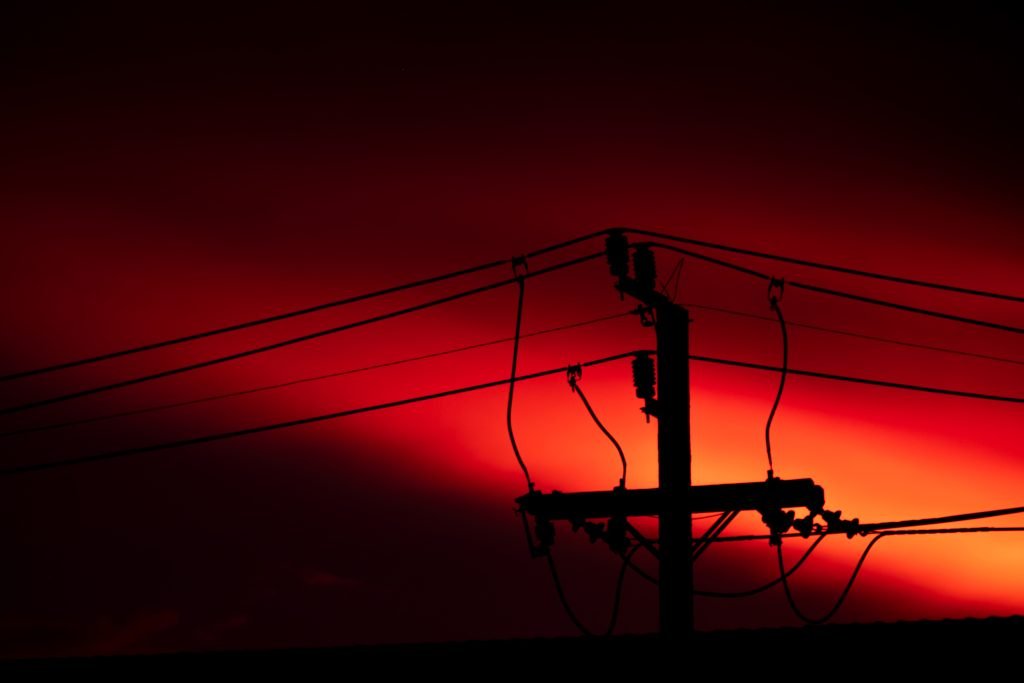
Power outages can happen at any time due to various reasons such as severe weather, unexpected technical faults, or routine maintenance on the power grid.
When the lights go out, one of the most significant challenges faced by households is how to prepare meals. Traditional cooking methods often rely on electricity, but induction cooktops provide an innovative solution to continue cooking during a blackout.
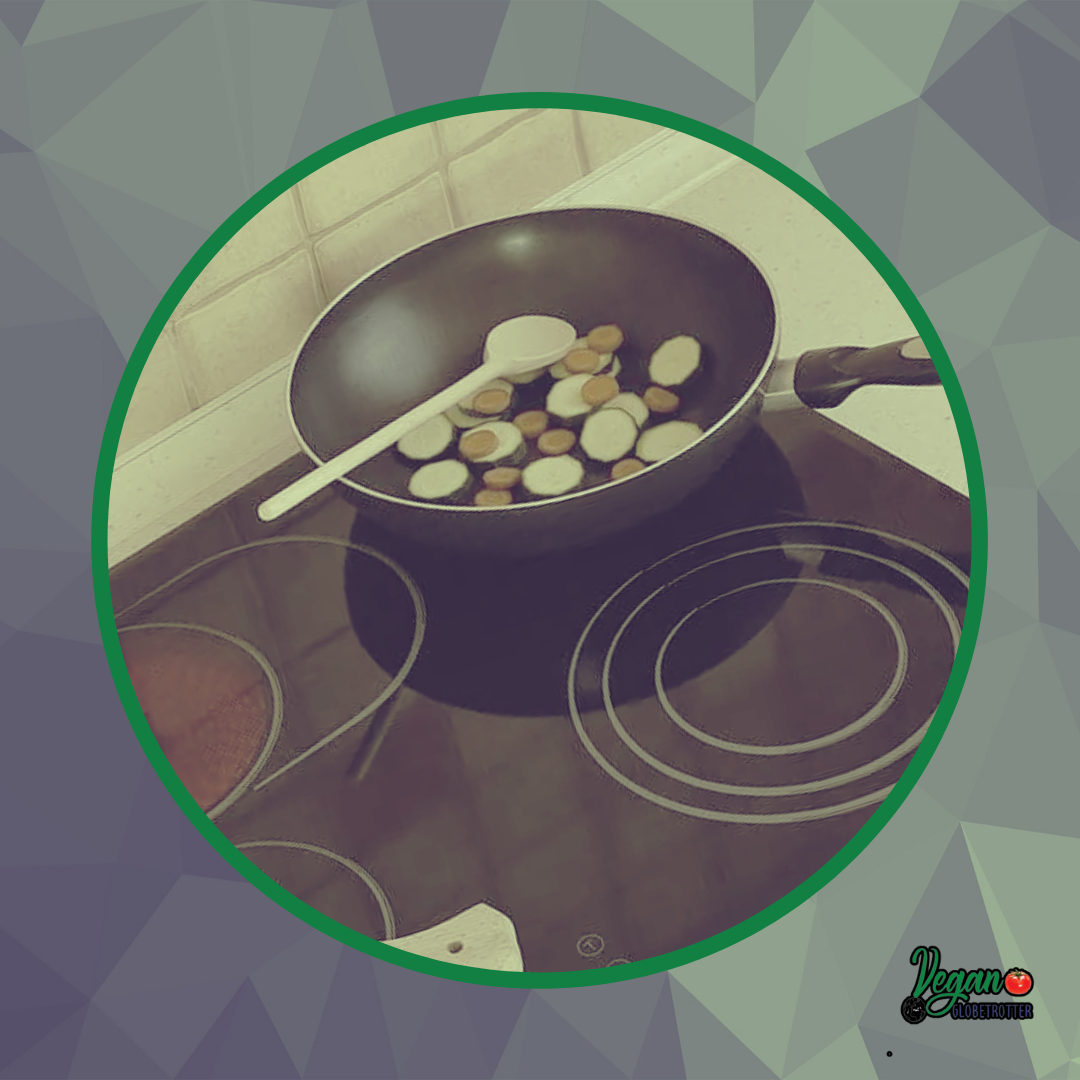
Induction cooktops harness the power of electromagnetic energy to heat cookware directly, offering a safe and efficient alternative to conventional stoves.
Maintaining safety while cooking during a power outage is paramount.
Induction cooktops are advantageous during these situations because they do not generate heat themselves; instead, they induce heat in the cookware. Consequently, there is a decreased risk of fire compared to gas or electric stoves.
To use induction cooktops without electricity, one could employ battery backups or other emergency power solutions.
It’s also essential to ensure that the cookware used is compatible with induction cooking, typically requiring magnetic-based pots and pans for effective heat conduction.
Key Takeaways
- Induction cooktops enable meal preparation during power outages using electromagnetic energy.
- They offer increased safety compared to traditional cooking methods by reducing the risk of fire.
- Compatibility of cookware and potential alternative power sources are crucial for induction cooking without electricity.
Understanding Induction Cooking
Induction cooking is a modern kitchen technology that offers precise temperature control and rapid heating.
This section is dedicated to exploring how it works, its benefits, and how it compares to traditional cooking methods.

Basics of Induction Technology
Induction cooktops operate on a fundamentally different principle than traditional stoves. They use magnetic fields to generate heat directly in the cookware.
An induction cooktop contains a copper coil beneath the ceramic surface. When an electric current passes through this coil, it produces a magnetic field that induces an electric current in the cookware, which in turn heats up due to its electrical resistance.
It’s essential for the cookware to be magnetic for this process to work.
Advantages of Using Induction Cooktops
Induction cooking offers several notable benefits:
- Energy Efficiency: Since heat is generated directly in the pot or pan, there is minimal heat loss, making it more energy-efficient than gas or electric stovetops.
- Safety: The cooktop remains relatively cool to the touch as the heat is generated in the cookware. This reduces the risk of burns and prevents baked-on spills.
- Speed: Induction cooktops heat food more quickly due to the direct transfer of energy.
- Control: They allow precise and almost instantaneous changes in temperature.
Comparing Induction to Traditional Cooking Methods
Induction cooktops differ from gas and electric models in several key areas:
- Heating Mechanism: Unlike gas or electric stoves, which heat the cooking surface that, in turn, heats the cookware, induction heats the cookware directly.
- Cooking Speed: Induction can boil water and cook certain foods faster than gas or electric.
- Temperature Control: It offers more precise temperature control, similar to gas, and better than most electric stoves.
Prepping for Power Outages
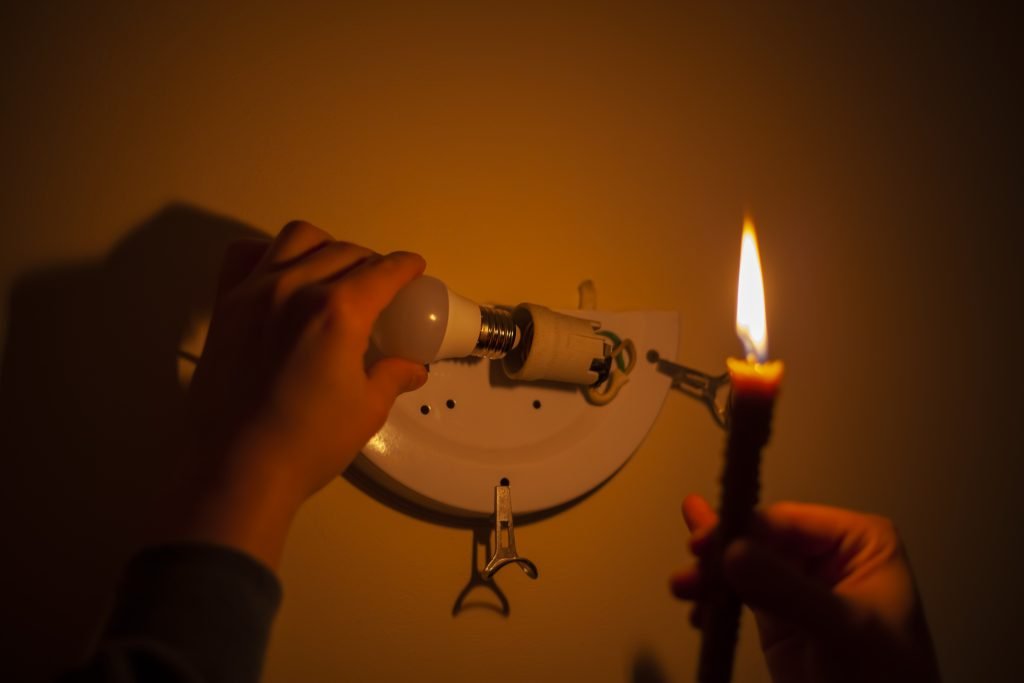
Preparing for a power outage ensures that one can still use their induction cooktop safely and effectively. Knowing the essentials and having alternative power sources can make a significant difference.
Emergency Preparedness Essentials
When expecting a power outage, individuals should stock up on non-perishables and ensure they have access to safe food and water.
It’s crucial to equip the home with:
- A manual can opener to access canned goods
- Bottled water, stored in a cool, dry place
- Coolers with ice packs to extend food preservation
They must also have a first aid kit, battery-powered or hand-crank radio, and alternative light sources like flashlights to avoid using candles that pose a fire risk.
Charging power banks in advance for emergency phone charging is advised.
Alternative Power Sources for Induction Cooktops
In the event of a power outage, an induction cooktop requires an alternative power source to function.
Options include:
- Portable Generators: One needs a generator with enough wattage to power their cooktop. Typically, a medium-sized induction cooktop might require a generator rated for 2000 watts or more.
- UPS (Uninterruptible Power Supplies): These can provide short-term power, enough to complete a cooking cycle or to safely shut down the appliance to prevent damage from sudden loss of power.
Accurate knowledge of one’s cooktop power requirements and how to connect alternative power sources safely is imperative.
Individuals should refer to their cooktop’s manual for detailed information and carefully follow the manufacturer’s guidelines to prevent damage to the appliance, as seen in cases of induction cooktops not working post-outages.
Using Your Induction Cooktop Safely
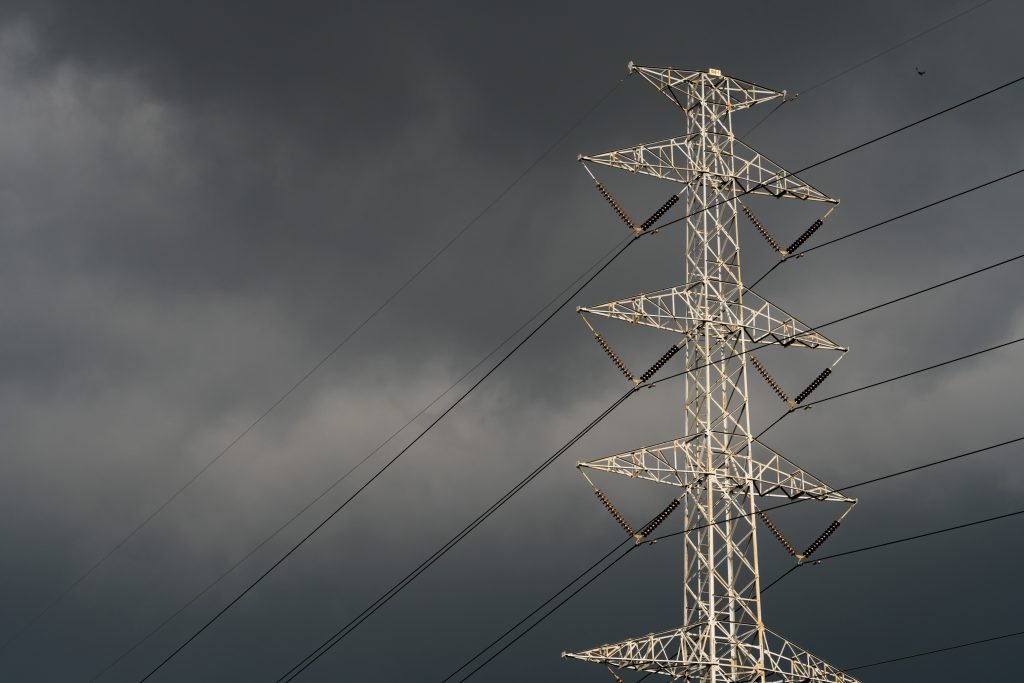
When using an induction cooktop during a power outage, understanding the unit’s safety features and adhering to best practices ensures a secure cooking experience.
Safety Features of Induction Cooktops
Induction cooktops offer safety advantages such as cool-to-touch surfaces and automatic shutoff.
The technology behind these cooktops only heats the cookware, leaving the adjacent surface cooler compared to traditional electric or gas stoves.
Most have built-in safeguards that detect overheating and irregular power supply conditions, automatically turning off the device to prevent accidents.
Best Practices for Induction Cooking
When cooking with induction, users should:
- Use compatible cookware: The bottom must contain magnetic material for efficient heat transfer. Stainless steel and cast iron are exemplary choices.
- Set correct pot sizes: Align your cookware with the induction markings on the cooktop to maximize efficiency and safety.
- Control settings precisely: Take advantage of the precise temperature control to prevent overcooking and the associated risks.
Addressing Common Safety Concerns
To assuage safety worries with induction cooktops, remember that:
- No open flames are present: This minimizes fire risks often associated with gas stoves.
- Auto-pan recognition: Induction cooktops only operate when appropriate cookware is in place, reducing hazards when left unattended.
Cookware and Accessories
When preparing for a power outage, one’s selection of cookware and compatibility with an induction cooktop is paramount, alongside specific accessories that can maximize the cooktop’s utility.
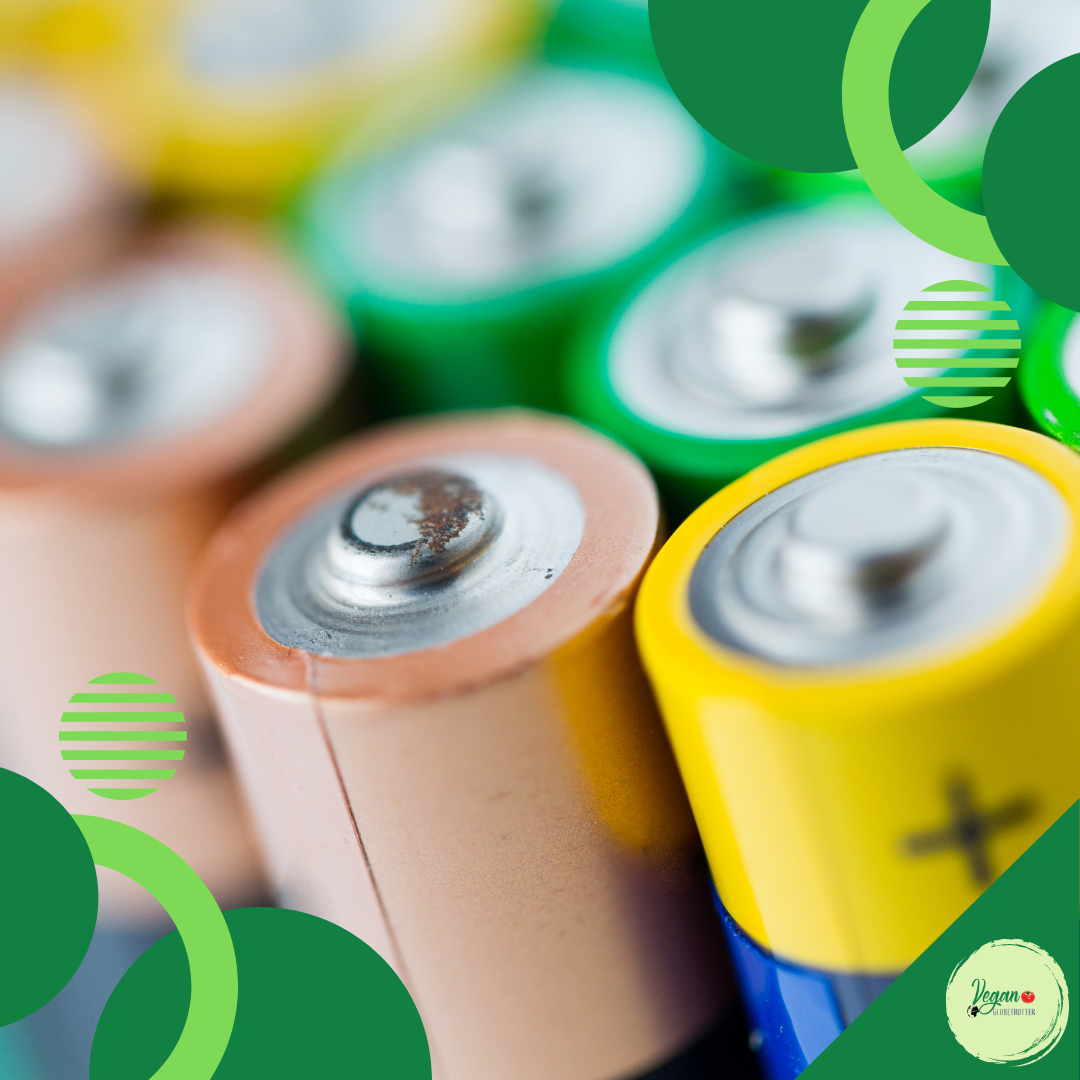
Choosing Compatible Cookware
For induction cooktops, not all cookware is compatible; they must be made of or incorporate a magnetic base like cast iron or some stainless steels.
The best induction cookware sets are specifically designed with a magnetic bottom that interacts with the induction cooktop’s electromagnetic field.
To test if cookware is induction-ready, one can simply use a magnet. If it sticks firmly to the bottom of the pot or pan, it’s suitable for an induction cooktop.
- Test for Compatibility: Use a magnet to check cookware base.
- Materials: Cast iron, magnetic stainless steel are most commonly induction-compatible.
Must-Have Induction Cooking Accessories
Certain accessories are considered essential for efficient induction cooking, especially during a power outage.
A battery backup can be a wise investment to ensure the cooktop remains operational when the power fails.
Additionally, having induction-compatible cookware sets with a variety of sizes and purposes — such as a frying pan, saucepan, and Dutch oven — ensures one can cook diverse meals.
- Vital Accessory #1: Battery backup for uninterrupted cooking.
- Vital Accessory #2: An array of cookware sizes and types (frying pan, saucepan, Dutch oven).
Cooking Without Electricity
In the event of a power outage, individuals need reliable methods to prepare food safely. The following subsections outline specific non-electric cooking alternatives and tips for managing meals.
Non-Electric Cooking Alternatives
- Solar Cookers: Harnessing the sun’s energy, solar cookers allow one to cook food without any fuel or electricity.
- These devices are particularly useful in sunny climates.
- Propane and Butane Stoves: For a more traditional cooking experience, propane and butane stoves offer a stable heat source.
- However, it is crucial to ensure proper ventilation to prevent carbon monoxide buildup.
- Buddy Burners: Homemade devices like buddy burners, which use wax and cardboard, can be simple yet effective for heating small meals or water.
- They can be made at home using readily available materials.
- Wick Stoves: A wick stove provides a controlled flame and can be fueled by various flammable liquids, such as denatured alcohol.
Managing Meals During Extended Outages
- Planning: One should prepare a menu beforehand that requires minimal cooking and considers non-perishable food items.
- This strategy decreases the reliance on having to cook frequently.
- Food Safety: Maintaining food at safe temperatures is paramount.
- Perishable items should be consumed first or preserved using ice or alternative cooling methods.
- Cooking Sessions: To conserve fuel, one should plan to cook less often and in larger batches.
- If possible, reheat only the necessary portions for each meal.
Maintenance and Troubleshooting
Maintaining an induction cooktop and troubleshooting common issues are crucial for safe cooking, especially during unexpected power outages.
Routine Induction Cooktop Care
Regular maintenance ensures that an induction cooktop operates efficiently.
Cleaning the surface with a soft cloth and non-abrasive cleaner helps prevent scratching and damage.
It’s important for owners to check connections and ensure there are no loose parts or exposed wires.
Verification of the power supply’s stability is also recommended to preemptively guard against potential power surge damage.
Common Issues and Fixes
When power outages occur, users might encounter several induction cooktop problems. Common issues include:
- The cooktop not heating can often be attributed to problems with the power supply.One should ensure the cooktop is connected and check for a tripped circuit breaker.
- A damaged copper coil can be impaired by extreme power surges.In such cases, professional repair or replacement is required.
- The cooktop spontaneously turning off may be a safety feature in response to an overheated system due to an underpowered circuit.Ensuring the home’s electrical system can provide adequate power, typically 240 volts, is necessary.
For further detailed troubleshooting steps, users can refer to common troubleshooting solutions for induction cooktops, which outline additional methods to safely address various induction cooktop complications.
Empowered Cooking: Navigating Power Outages with Induction
Well folks, we’ve covered quite the culinary journey today, exploring the ins and outs of cooking with induction during those pesky power outages. Here’s hoping that the next time the lights flicker and the world goes dark, you’ll feel a bit more equipped to handle the situation like a true kitchen champion.
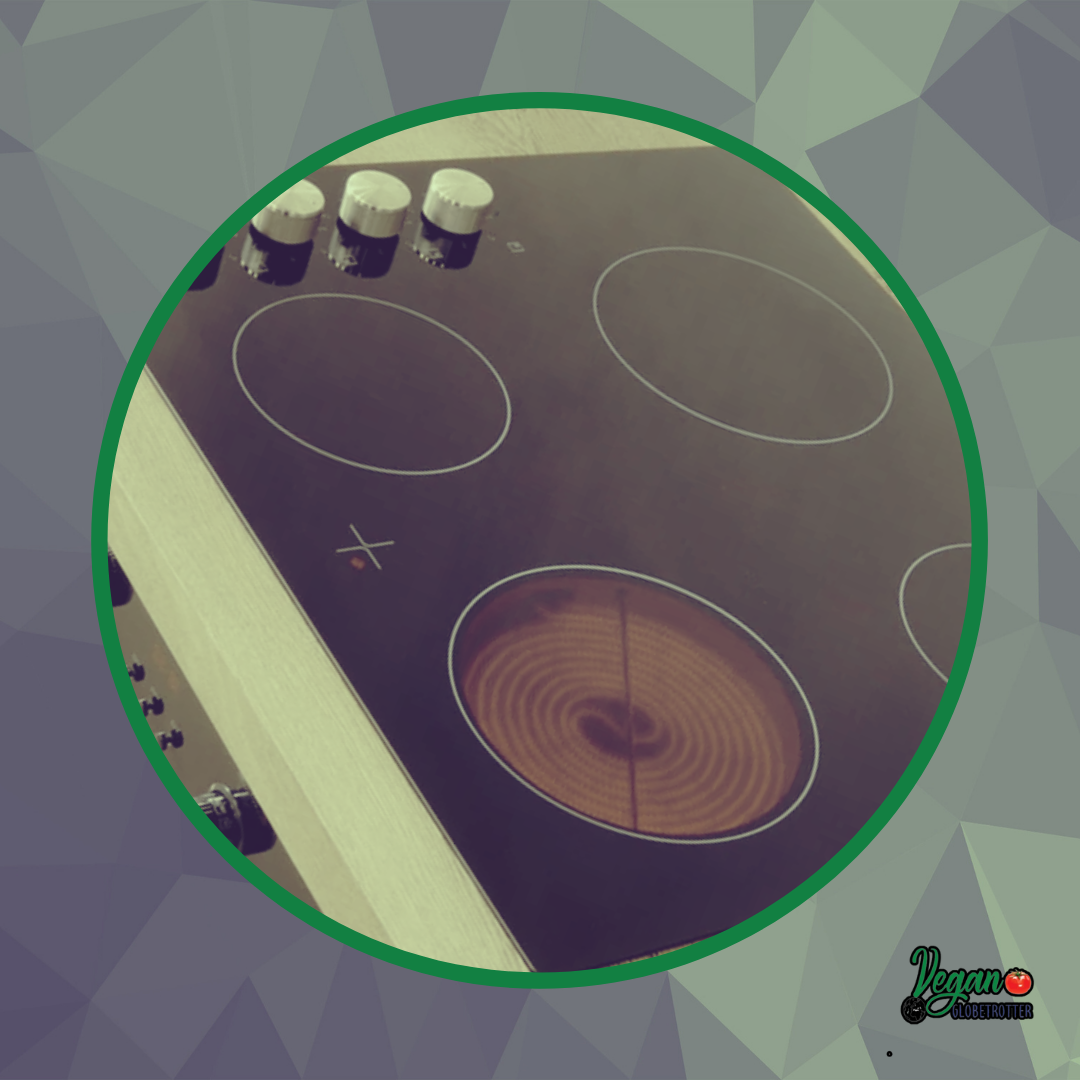
Of course, let’s keep our fingers crossed that power outages won’t become a frequent visitor to your home or wherever you find yourself. But just in case they do, remember the tips and practices we’ve shared today.
Before we part ways, I want to extend a heartfelt thank you for joining me on this adventure and taking the time to learn about the importance of caring for your induction cooker. It may seem like a small thing, but trust me, it’s those little acts of responsibility that make all the difference in the long run.
So, until next time, keep those pots simmering, those pans sizzling, and most importantly, keep cooking up a storm, even when the power goes out. Take care, and happy cooking!
Frequently Asked Questions
When faced with power outages, users of induction cooktops need to consider alternative power sources and safety steps to ensure that cooking can continue without incident. These FAQs provide guidance on using induction cooktops during such times.
How can induction cooktops be used safely during power outages?
Induction cooktops require electricity to function. During a power outage, one can safely use them by connecting to a generator or battery-powered emergency cooking solutions.
It is important to ensure that the alternative power source can handle the cooktop’s energy requirements.
Are there any health risks associated with using induction cooktops?
Induction cooktops do not inherently pose health risks when used according to the manufacturer’s instructions.
They are considered safe, heating cookware without an open flame or direct heat, thus reducing the risk of burns or fires.
What precautions should be taken when cooking with induction during an electrical outage?
During an electrical outage, it’s vital to carry out a soft reset of your induction cooktop after power is restored to ensure it functions correctly.
Avoid opening the unit as this can void warranties or cause damage.
How does an interruption in power supply affect induction cooking safety?
An interruption in power can result in the induction cooktop shutting down unexpectedly, which may cause safety issues if it occurs while in use.
After an outage, reset the device and check for proper function before resuming cooking.
What alternative energy sources can be used to power induction cooktops in the absence of electricity?
In addition to generators, one can use UPS systems or battery packs designed to handle the high wattage of induction cooktops.
Always verify that the wattage output of the alternative power source matches the induction cooktop’s requirements.
What are the best practices for maintaining an induction cooktop during sporadic power outages?
Regularly clean the induction cooktop with appropriate cleaners and soft cloths to avoid scratching the surface.
After a power outage, ensure the cooktop is functioning correctly before use.
Be prepared to conduct a reset as per the manufacturer’s guidance.
Interesting Things To Try

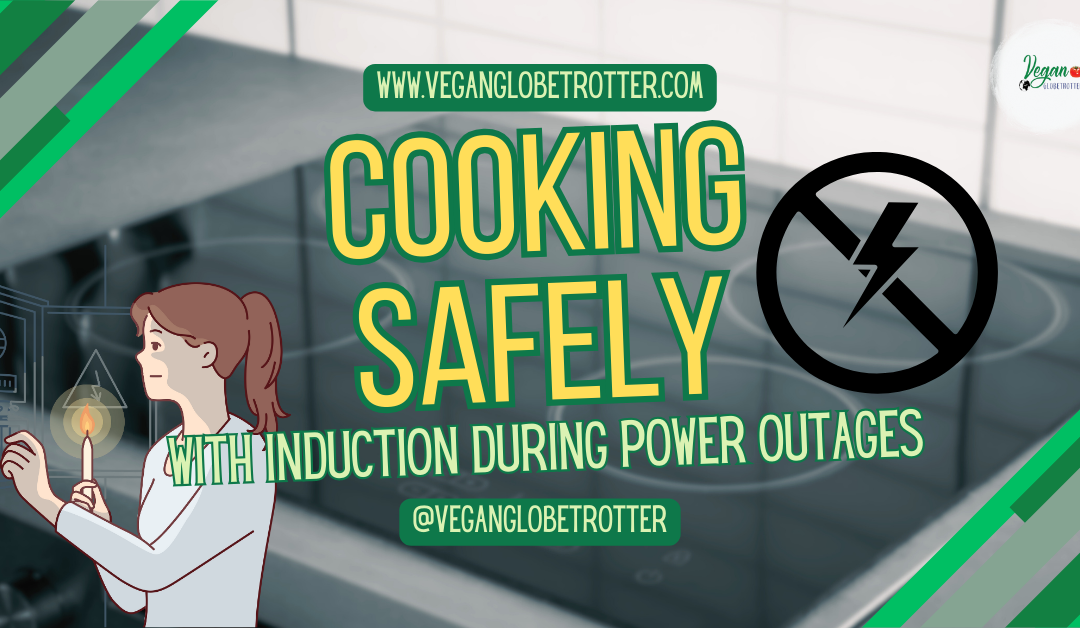

Don't miss out
when new recipes and information are added!
Join our newsletter for free recipes,
healthy living inspiration, and special offers
You have Successfully Subscribed!